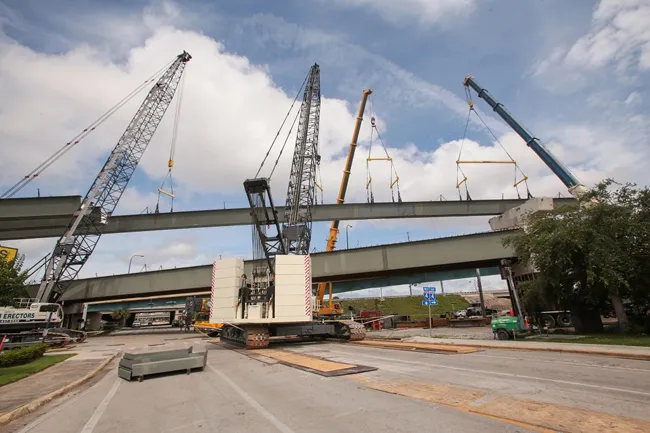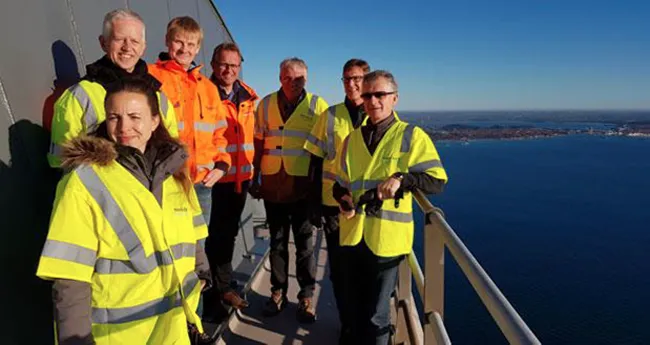The opening of a new bridge in Kazakhstan that spans the Irtysh River is now offering a shorter route for drivers. The link is 12.3km long and is now the longest such structure in Central Asia, while the project cost around US$157 million. Its length was necessary as the bridge crosses a floodplain area, with a channel that can widen considerably following periods of heavy rain. Located in the country’s Pavlodar region, the bridge cuts the route used previously by over 40km. The bridge is expected to carry
December 16, 2016
Read time: 2 mins
The opening of a new bridge in Kazakhstan that spans the Irtysh River is now offering a shorter route for drivers. The link is 12.3km long and is now the longest such structure in Central Asia, while the project cost around US$157 million. Its length was necessary as the bridge crosses a floodplain area, with a channel that can widen considerably following periods of heavy rain. Located in the country’s Pavlodar region, the bridge cuts the route used previously by over 40km. The bridge is expected to carry around 10,000 vehicles/day and will improve the country’s transport connections with Russia while also providing a key central section of the road route that runs all the way from China to Western Europe.
The structure rests on 1,146 bored piles and 66 bridge supports and is constructed from around 13,500tonnes of steel as well as 150,000m3 of concrete. The bridge project marks something of a step ahead for the country as it utilised modern construction techniques, such as the use of a heavy lifting process with cables and jacks to erect the central span.
The structure rests on 1,146 bored piles and 66 bridge supports and is constructed from around 13,500tonnes of steel as well as 150,000m3 of concrete. The bridge project marks something of a step ahead for the country as it utilised modern construction techniques, such as the use of a heavy lifting process with cables and jacks to erect the central span.









